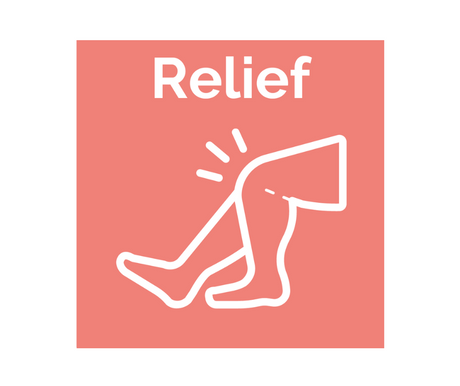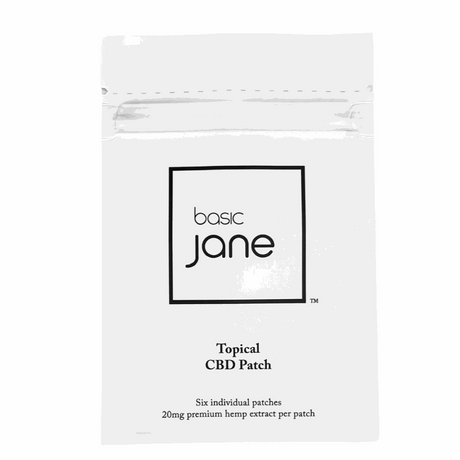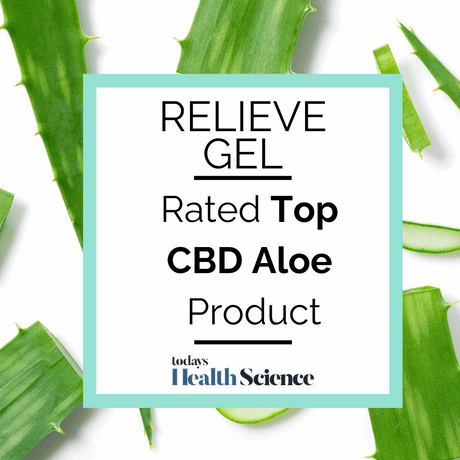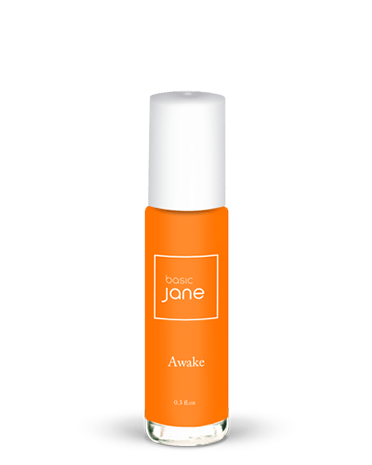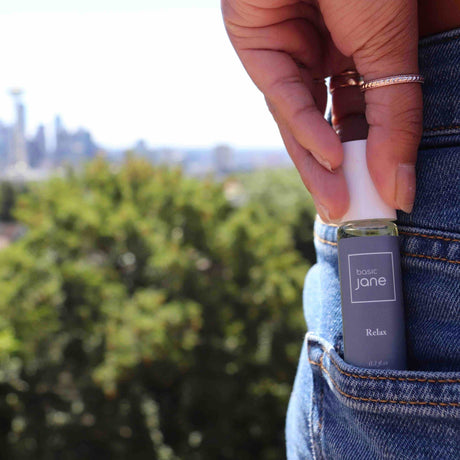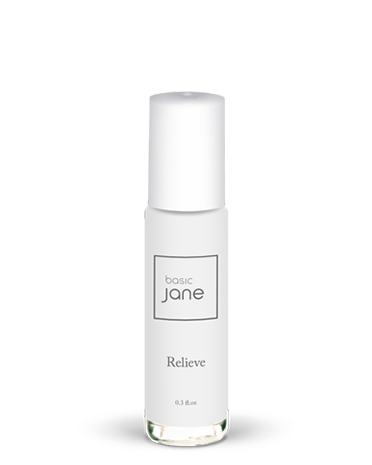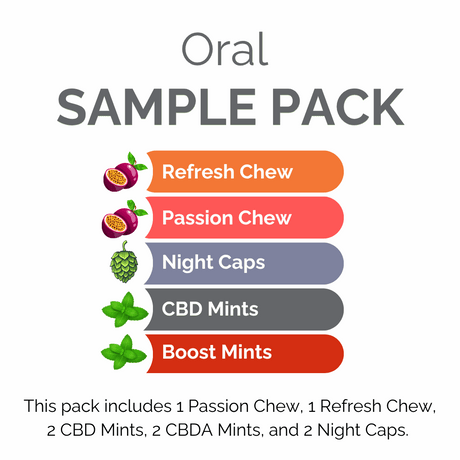Changing Perceptions of Cannabis
Back in the eighties, cannabis had a much different reputation than it does now. The prohibition of a green plant for generations has undoubtedly created a reluctance to consider that there could be more to this controversial plant than just a controlled substance. Why do some of us continue to hold on to the belief that cannabis is a harmful plant?Brief Legal Overview of the History of Cannabis in the United States
Having been deemed as unlawful to possess, produce or sale cannabis in 1937, hemp has been demonized to a population that simply accepts that it must in fact be “bad” for you. After all many go to prison. Did our generation ever question Congress House Bill 6385 – The Marijuana Tax Act, which was enacted as law on October 2, 1937? All forms of cannabis were illegal; including both hemp and marijuana. Marijuana contains >0.3% THC (the compound associated with feeling “high”) and hemp contains <0.3% THC. In 1969, the Supreme Court held that The Marijuana Tax Act was unconstitutional since it violated the 5th amendment. So Congress passed the Controlled Substance Act which prohibited the use of cannabis for any purpose thus continuing the demonizing of the plant regardless of whether it contains less than <0.3% THC. But this all began to change in 2012 when 2 States, Washington and Colorado, legalized the recreational use of Marijuana. Since then many other states have followed and the CBD industry was born. However, the challenge of rebranding cannabis after a century of being legal continues. Differentiating the different uses and components of cannabis is essential to understand the cultural changes and perceptions of this versatile plant.
Uses of Cannabis
Over the centuries hemp, which are a species of cannabis plants have been cultivated for a variety of purposes including textiles, medicine, food products, cosmetics, building, farming, etc. These uses are much different than recreational use of marijuana. In fact, there are 3 distinct categories or uses of hemp: oil derived from flower, stem or stalk of the plant can be used for medical or wellness products (that contain little to no THC), oil derived from the seeds of the plant can be used for food or industrial uses and thirdly the stem can be used for fiber or textiles. Hemp plants are very tolerant and can grow with moderate amounts of fertilizer and water. An acre of hemp can produce as much fiber as 2-3 acres of cotton per year. The category “recreational marijuana” has spilled over to the other 2 categories creating a negative reputation for the entire plant. In order to understand this we have broken down the difference between CBD and THC.CBD vs. THC
THC is a molecule that has both recreational and medicinal uses. THC is widely accepted by the medical community to decrease nausea and pain along with other medical attributes. It is also the compound that is generally associated with the feeling of “high” many users of marijuana report. THC is the sole compound that determines if a plant should be considered marijuana (federally illegal) or hemp (legal). Plants are allowed to make a very small amount of THC and be considered hemp. If a plant makes >0.3% THC, than it is considered marijuana. CBD is another molecule produced by cannabis, but unlike THC it does not make people feel “high.” CBD has both medical and wellness attributes. It has been approved to decrease seizures and widely studied in diseases like Chron’s disease, arthritis and anxiety disorders. Due to results in these initial studies, CBD has become widely used as a wellness product. CBD can be produced in by either hemp or marijuana plants. If it is produced in a marijuana plant, the products produced will contain THC and cold cause a user to feel “high.” All of Basic Jane products are made from hemp and do not contain THC.The future of Cannabis
Despite all of the controversy and painful path to legalized cannabis, the magical plant is here to stay and win back it’s natural rights as an essential and powerful resource to agriculture, animals and humans alike. As more people experience the benefits of and become more educated about cannabis we will see a reputation shift from villain to hero. As both farmer’s and biologists continue to discover new uses from the cannabis plant, society will benefit from this botanical wonder that has been around since the beginning of time.




